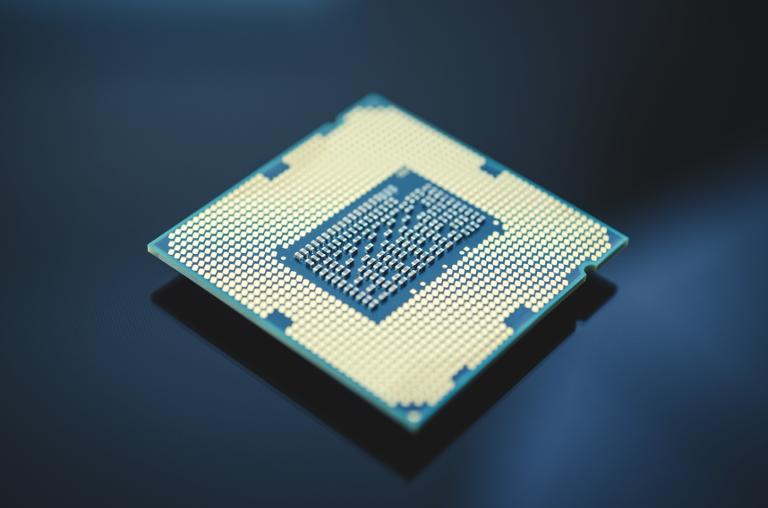- VLSI (very-large-scale integration) design
- CPU and SOC physical design
- CMOS (complementary metal-oxide semiconductor) design
- SRAM (static RAM) design
- Knowledge of low-power design
- Knowledge of computer architecture
Breaking Into Chip Design
When you think chip manufacturers, companies such as Intel and Qualcomm might immediately spring to mind. For those tech pros interested in building chips for a living, though, there’s another company making its presence known in the chip space: Apple. “The truth is the best people in chip design no longer want to work at Intel or Qualcomm,” Steve Cheney, an investor and advisor to early-stage startups, wrote in a widely circulated blog posting. “They want to work at Apple. I have plenty of friends in the Valley who affirm this.” If longtime rumors are correct, Apple designs all its chips in-house before handing off the actual chip-manufacturing process to either Samsung or Taiwan Semiconductor Manufacturing Company (TSMC). The company periodically posts jobs for chip design engineers, including specialists in power management and verification. It has also periodically poached experts in the field, including one of Samsung’s top engineers. Chip design isn’t a job for small teams; it requires hundreds of engineers working in close coordination. Given the rapid pace of innovation at companies such as Intel and Apple—the latter seems to upgrade the chips in its mobile devices every year—those teams must also work under tight deadlines. Those who work at a high level in the chip-design field often have a PhD in electrical engineering or computer engineering, and experience in areas such as:



